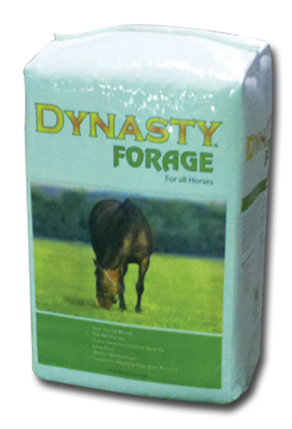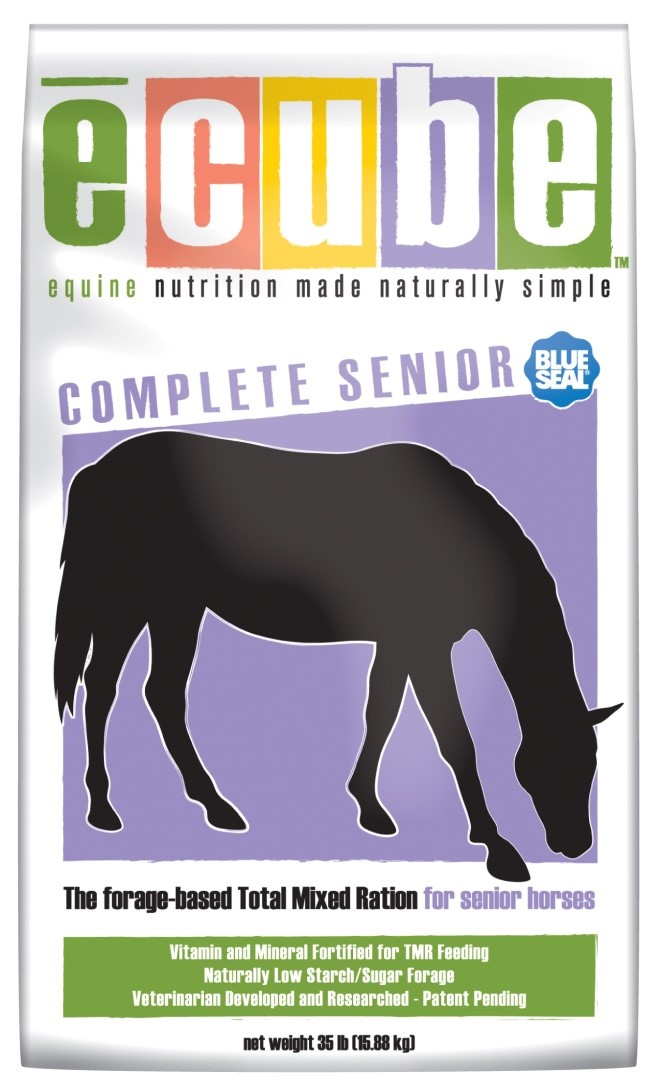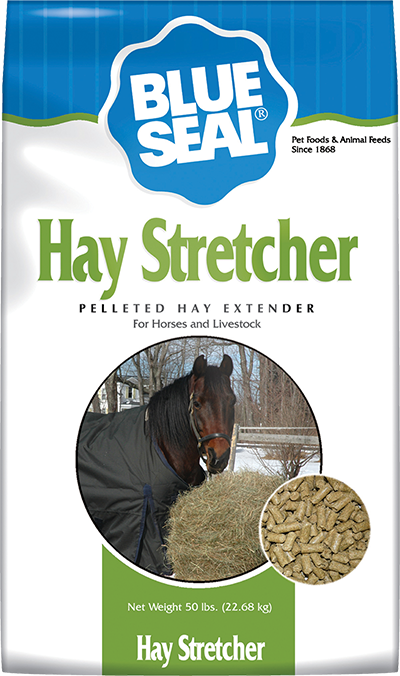With all the talk about protein, fat and other feed nutrients and ingredients, it’s easy to forget that equus caballus (your horse!) is, first and foremost, a grazing herbivore.
What does that mean? Basically, his digestive system is geared toward continuous intake of small amounts of high-fiber feed (ideally forage such as hay or pasture), not just once or twice a day, but 24/7. Any deviation from that—whether it be grain meals, limited turnout or restricted amounts of hay—can upset the delicate microbe balance that keeps his gut healthy.
No less important is the continuous exercise a horse gets from simply ambling about his paddock or field, versus standing for hours in a stall. This keeps food moving through his digestive system, also helping to expel gasses from the hindgut.
So what to do if your horse isn’t kept at pasture? Try mimicking his natural routine with frequent small feedings, making forage a priority—and ensure he gets plenty of exercise.
Quality and Quantity
When selecting hay for your horse’s ration, always take into consideration the individual: Is he young and growing, a breeding animal or a high-performance mount? Any of these conditions may require more protein and energy than even high-quality alfalfa alone can provide. By contrast, a less active adult horse like your “weekend warrior” might do just fine on just good timothy or grass hay (with a mineral supplement).
One thing that does not vary is the need for quality. Open several bales to evaluate the hay and inquire about potential issues in the area where it was grown. Good hay will have been cut within a year, when the plants are in early bloom or before they’ve gone to seed, and sheltered or covered against the elements. Look for soft, green, fine-stemmed hay without bleaching, mold or a fermented or musty smell and a low or no level of dust.

Hay with a lot of debris, dirt or weeds should be avoided, as should hay with blister beetles or other insect infestations. Another caveat: Bales that seem heavy for their size or feel warm might be damp inside or prone to combustion. And if buying hay in bulk, consider having it analyzed by a certified forage laboratory to determine its actual nutrient values.
When determining how much forage to offer your horse, it pays to feed by weight. According to the American Association of Equine Practitioners, a mature horse will eat 2 to 2.5 percent of his body weight per day. Nutritionists recommend that at least half of this be in roughage such as hay—which, for a 1,000-pound horse, translates into at least 10 pounds of hay daily and preferably at least 15 pounds daily.
Forage By Any Other Name

In situations where quality hay is scarce, such as during years when growing conditions are poor, high fiber feeds or commercial forage alternatives can fill the void.
These same products can also be handy if you’re traveling with your horse and want to keep his fiber intake consistent. They are a good option, too, if he has allergies or respiratory issues, since they contain minimal dust and molds—or if his dentition requires soft food, since some hay substitutes are easily soaked into a mash.
Look for forage or hay replacers/extenders that include long-stem fiber sources (hay, shredded beet pulp, etc.) and/or ground fiber such as beet pulp or soy hulls and alfalfa meal. Additional roughage-based products may consist of chopped forage or come in the form of pellets or “hay cubes.” Some of these are intended to replace only forage, whereas others may be formulated to provide complete, balanced feed rations. As always, read the labels carefully.
Winter Preparations

When the mercury starts to plummet, it’s wise to stock up in advance on extra hay, feed and supplies in the event that winter storms make travel difficult or even impossible. Depending on the forecast and the state of your pasture, consider squirreling away about 10 percent more forage than usual.
Keeping enough extra feed and supplements on hand to tide you over for at least two weeks is another excellent precaution. The same goes for any medications, bandages or emergency/first aid supplies.
Whenever you’re dealing with horses and their needs, it pays to be proactive!








